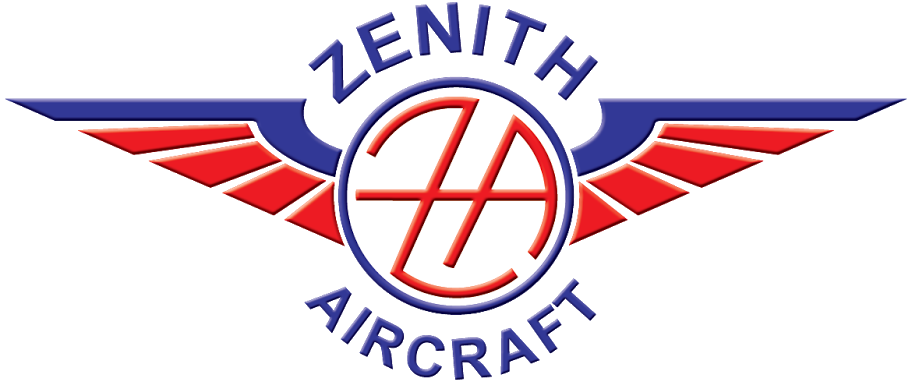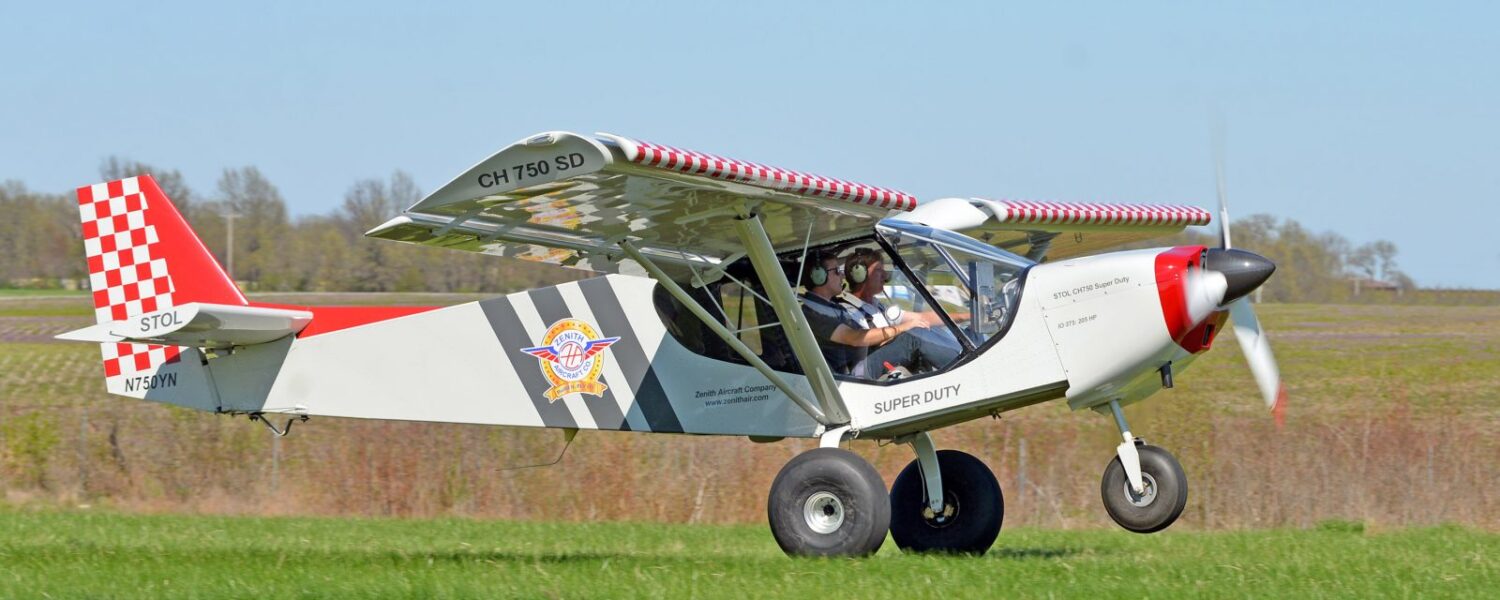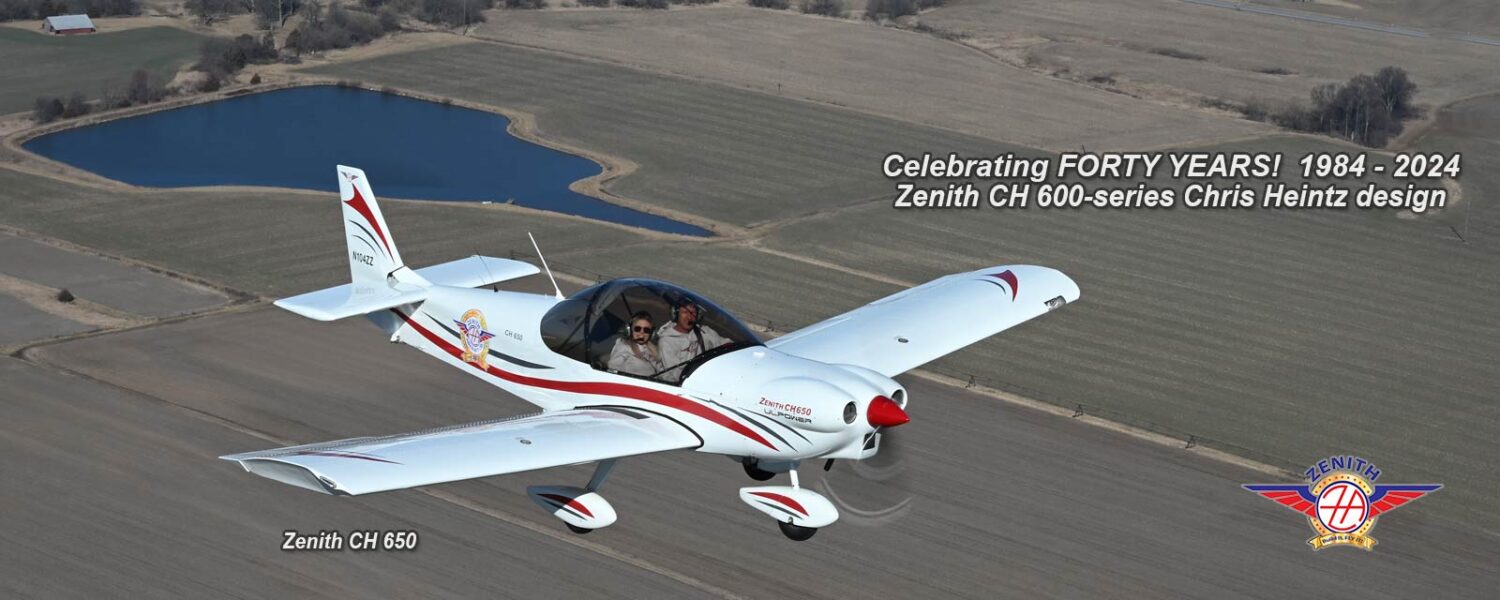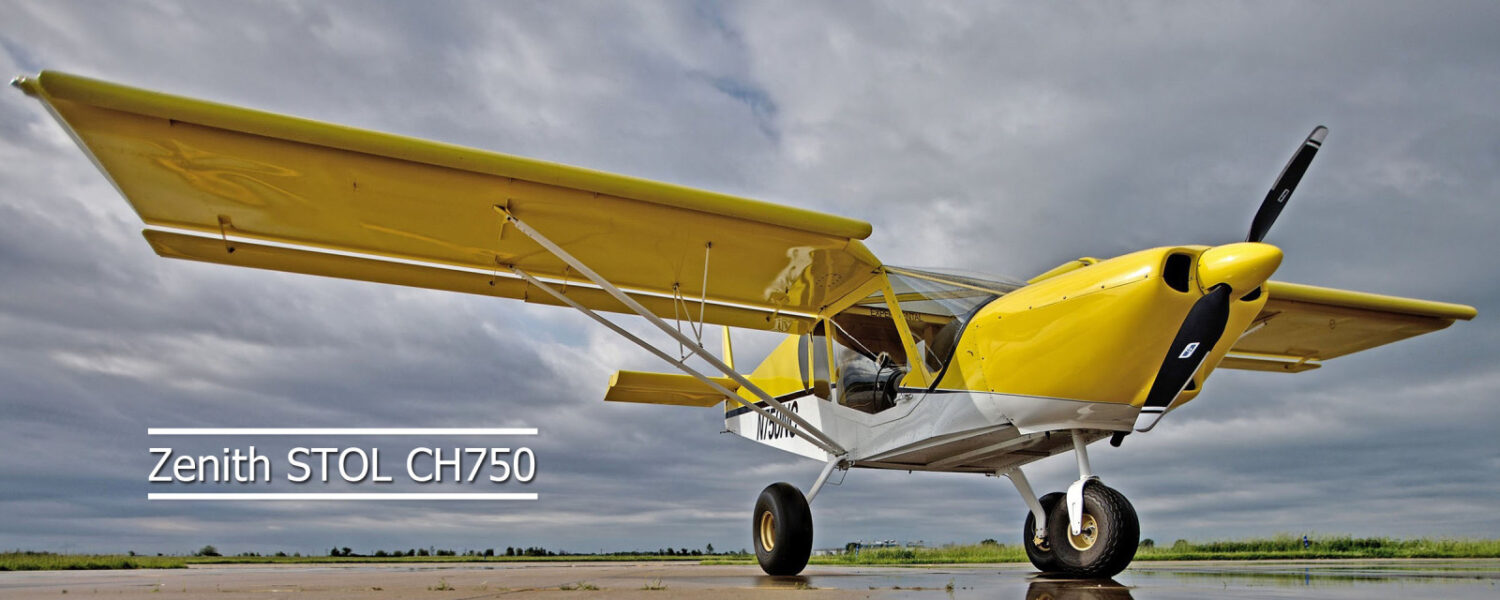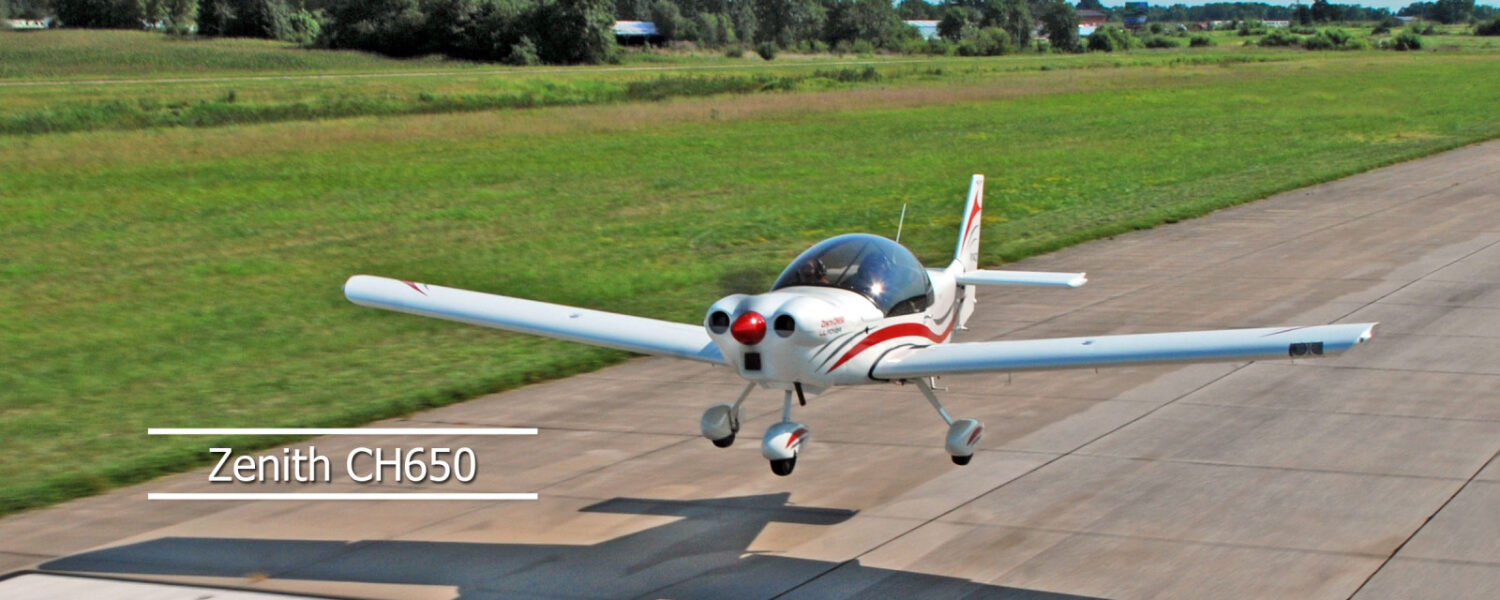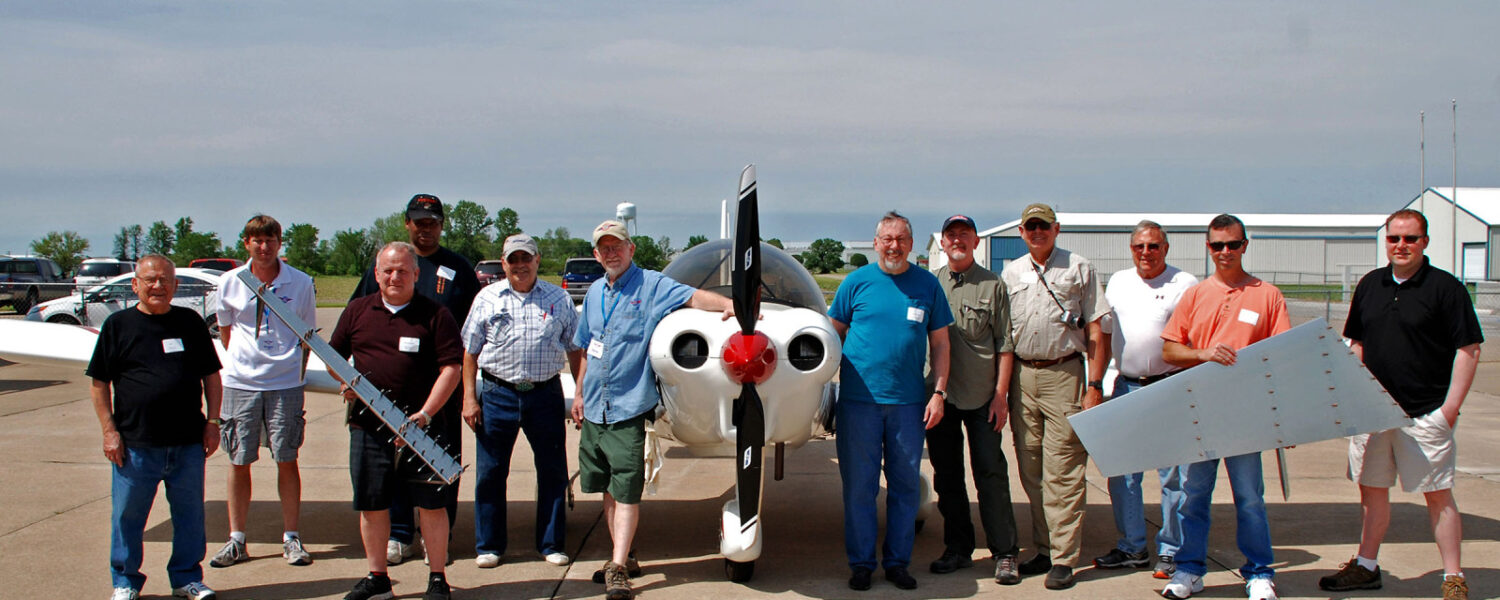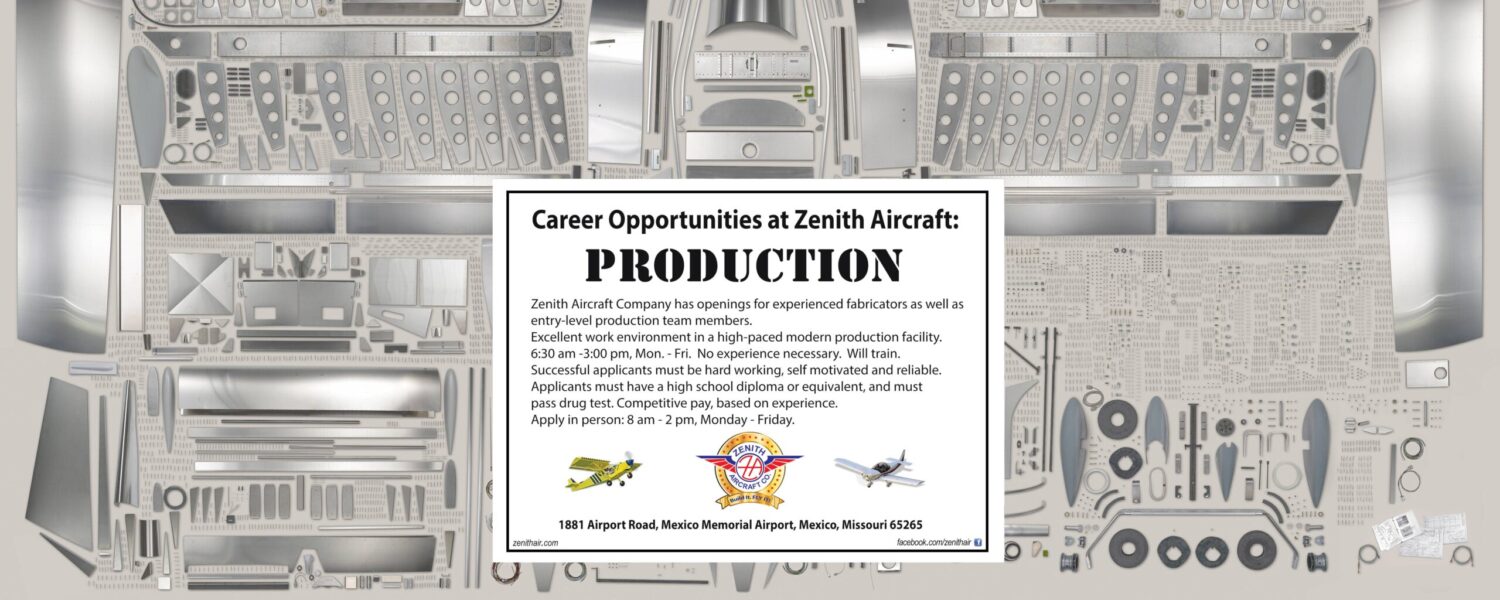Back to Zenith Technical Institute Home
Getting Started: Using Your Tools Effectively
Drilling – hold the hand drill perpendicular to the material being drilled. Always keep drill-bits sharp (minimizes de-burring). Make sure that you are drilling the hole the proper size (verify drawings), and correct location. Balance the drill with both hands so that you have full control of the drill (avoiding “wandering” of the drill). Don’t drill the same hole over more than required, as that will increase the size of the hole. You don’t need to center-punch where you will drill – a well marked spot will suffice. Adding a rubber washer by the shank will prevent damaging the material as you drill a hole through.
Hold the drill correctly! Proper Drilling Method


[table “” not found /]
Holes that may be slightly oversized will be filled in by the blind rivet as it expands. This is not the case with bolts.
Blind Riveting: The blind rivets are set with a standard hand riveter, with customized heads (nose bushings piece). The blind rivets are very easy to set, and require access from one side only (compared to solid rivets which require access from both sides). Hold the hand riveter perpendicular to the material as you pull a rivet, pushing down on the riveter (against the material) as you squeeze. Make sure material is de-burred before riveting (all surfaces, both sides). No solid (conventional) riveting is required in the kit assembly.
A rivet can always be taken out: To drill out an existing rivet, drill out the rivet head without drilling through the hole. Then, using a nail, hammer the stem of the rivet out of the hole. This will not enlarge the rivet hole.
When there is a choice, the rivet head should be located on the side of the thinnest material riveted together, or on the outside of the aircraft. There is no need to flush rivet.
Snips – How To Cut and Trim Sheet Metal: Some sheet-metal parts need trimming, which is easily done with hand snips. Cutting is made easier by holding the snips at a slight angle to the material, and not closing the snips completely (only 1/2 to 3/4 of the scissor blade length). When cutting away a larger section, it’s often easier to first make a rough cut (about 1/2″ from final cut), and then making the final cut. The cut edge may be filed for smoothness, if required.
De-Burring / Filing: Parts often need to be de-burred after having been drilled or cut. Any burrs between two surfaces or along edges must be removed. The easiest way to remove a burr from a drilled hole is to use a large drill bit (+1/4″), and turn it by hand a few times in the smaller hole so that it removes the burr. Note: Make sure that only the burr in removed, and that you do not enlarge or “countersink” the hole. Do Not Use A Power Drill For This. You can also lightly pass over the holes with a flat file to remove the burrs (be careful not to scratch the material).
For sheet metal edges, use a smooth file, running it lightly along the edge at an angle.
Kit Materials: Only quality materials are used in Zenith Aircraft Company kits. Structural materials supplied in the kit must meet Zenith Aircraft Company’s strict requirements, and have been subject to numerous quality control tests. The parts supplied in the kit are professionally pre-formed at the factory so that the builder can begin assembly immediately, without special tools or jigs. The aircraft has been engineered to use these specific materials:
The aircraft is built primarily of quality aviation aluminum-alloy sheet metal. The 6061-T6 aluminum alloy provide high strength, flexibility and corrosion resistance. Generally, in the instructions the sheet-metal is only referenced by thickness (ie. .025, .016)
Blind Rivets: The “ZenAir” blind rivets are made from quality alloys, and are batch tested by Zenith Aircraft Company for shear strength before being shipped. These rivets are corrosion resistant, and the stem becomes locked in after being set. Also, not many different lengths are required for different diameters or thicknesses. In the Assembly Instructions, they are designated as A4 (1/8) and A5 (5/32). They have a design shear strength of 130 lbs. and 220 lbs. respectively. Use only the rivets supplied with the kit. Video: Riveting basics
An Nuts & Bolts: Standard aircraft AN hardware is used.
AN Hardware AN bolt designation: AN – X – Y – A
X = Diameter is X/16″
Y = Length (in increments of 1/8″)
A = specifies no hole in bolt shank – use self-locking nut (if no A, use castle nut and pin).
